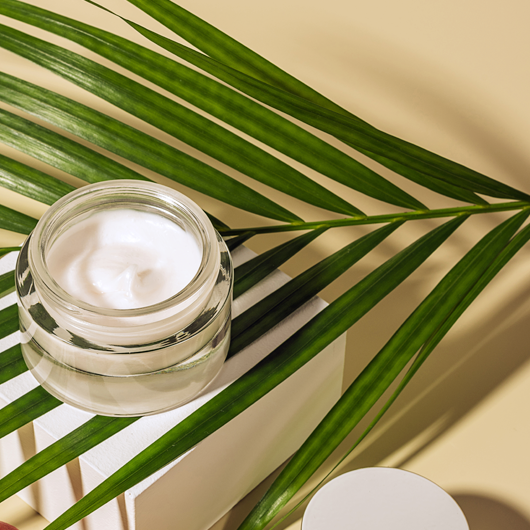Age-Defying Skincare Routine
No matter how hard we try to avoid it, there’s no getting away from getting older. We feel it in our bones, notice it in our energy levels, see it the way our bodies start to look, and (gasp!), worst of all, we see it clearly on our skin!
Many factors affect the aging process, including genetics, exposure to the sun, and lifestyle habits like smoking. But once those first few crow’s feet surface, most women race to the cosmetic counters looking for the miracle skincare cure.
Unfortunately, it’s not that simple. It can be downright mind-boggling. There are thousands of products on the market, using all kinds of keywords and phrases that only a scientist with a chemistry degree could understand!
So here are some great products to add to your skincare routine. Even if you are beginning, this guide is for you. In addition, this guide will give you an overview of the most notable names and terminology in the business!

Retinoids
This refers to a class of chemical compounds related to Vitamin A. Commonly found in skincare products, retinoids are also found in medicine. They have many diverse functions throughout the body, including roles in vision, regulation of cell proliferation and differentiation, the growth of bone tissue, immune function, and activation of tumor suppressor genes. Studies show they do everything from fading dark spots to smoothing fine lines and making pores look smaller.
Tretinoin
Until 2020, it could only be obtained with a prescription. Name brands include Avita, Differin, Renova, and Retin-a. Differin is obtained over the counter in a 1% concentration. It is excellent for encouraging cell turnover. In addition, this is the only topical agent approved to treat photo-aging(premature caused by long-term exposure to sunlight). Tretinoin benefits the face, neck, chest, hands, and forearms.
Retinol
You hear this word often, but most people don’t know what it is. Technically it's vitamin A. However, retinol may be as active as prescription tretinoin in the right concentrations.
Tazarotene (Tazorac, Zorac)
This skincare product helps acne and psoriasis. It treats wrinkles, skin discoloration, and blemishes due to photo-aging. More research, though, needs to determine if it produces any long-lasting, significant benefits.
Warning: Pregnant women and those who may become pregnant should avoid any vitamin A derivative (a product related to vitamin A).
Glycolic Acid
Glycolic Acid is also known as alpha-hydroxy acids (AHA). They naturally derive from citrus fruits, sugar cane, and fruit. They exfoliate the top layer of skin and reveal healthy complexions.
Silk Amino Acids
This natural water-soluble source of an acid derives from liquid silk. These acids help moisture and penetrate the skin. Because of the molecules' low weight, they penetrate the skin's surface layers and are naturally able to absorb water.
Alpha-Lipoic Acid
It is both water-soluble and oil-soluble. It can help protect cells from dangerous free radicals, keeping the skin firm. It's the leading ingredient in many skin-care products. Alpha-lipoic acids can diminish the look of fine lines, minimize pores, and reveal a glowing complexion.
There is a plethora of information about skincare and skincare products, but this is an excellent place to start. Once you understand some of these terms and products, you’ll hopefully have a clearer understanding of how these skincare products work and what they are should do.
Sources:
https://www.google.com
https://en.wikipedia.org/wiki/Retinoid
https://dermatology.about.com/od/glossaryp/g/photoaging.htm
https://www.webmd.com/beauty/aging/cosmetic-procedures-products-2
About the Author
Kathy Mizera wrote this article.








